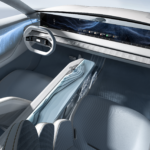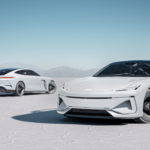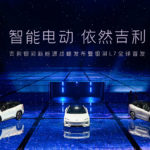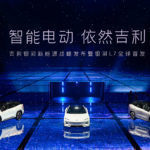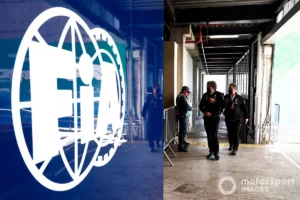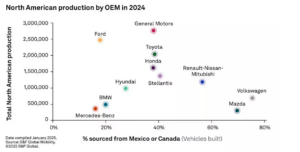Best Strategies to Compete/Deal with Chinese Subsidized Products
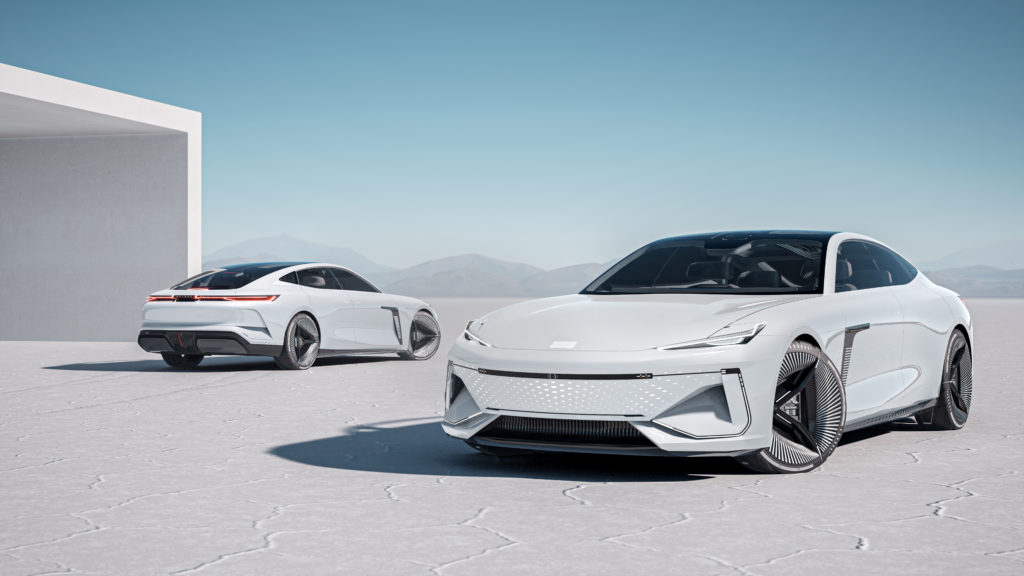

The question of how to address the competitive advantage of heavily subsidized Chinese electric vehicle (EV) manufacturers in European and American markets is complex and multifaceted. Both subsidizing domestic producers and imposing extra taxes on Chinese offerings have their advantages and disadvantages, and the most effective long-term strategy will depend on various factors. Here are some considerations:
Subsidizing Domestic Producers:
Pros:
- Boosting Domestic Industry: Subsidizing domestic EV producers can help nurture and grow the domestic industry, fostering innovation and job creation.
- Reducing Emissions: Encouraging the growth of domestic EV production can contribute to lowering carbon emissions if these vehicles are more environmentally friendly.
- Technological Advancement: Subsidies can incentivize domestic manufacturers to invest in research and development, leading to technological advancements and competitiveness.
Cons:
- Financial Burden: Subsidizing domestic producers can be costly and might strain government budgets, potentially leading to economic inefficiencies.
- Market Distortion: Excessive subsidies can distort market forces and create dependency, possibly leading to inefficiencies and less innovation.
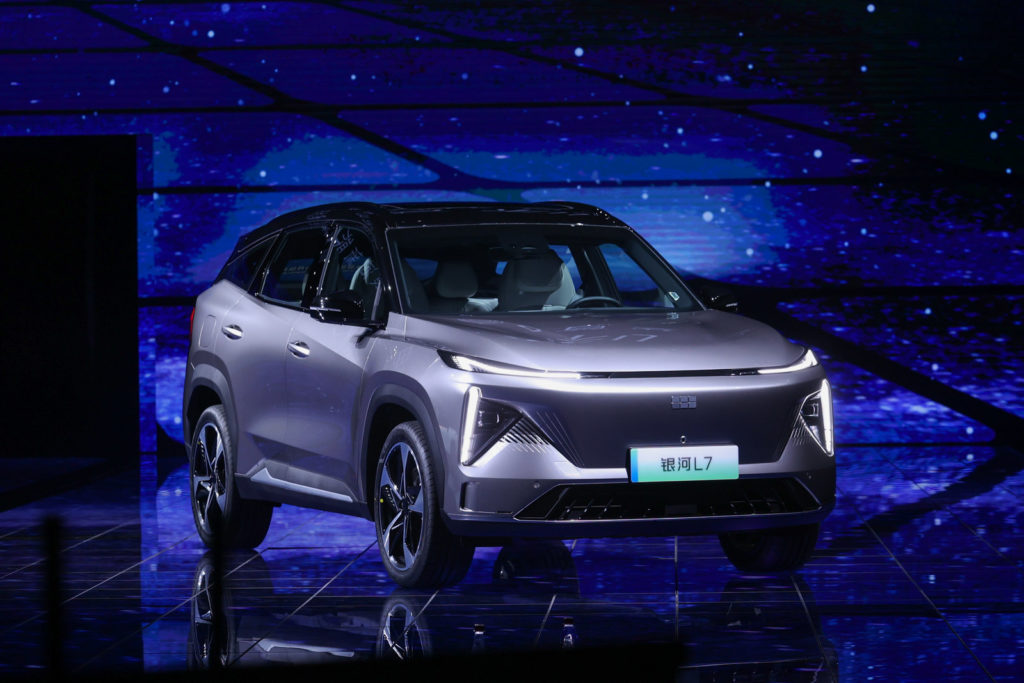
Imposing Extra Taxes on Chinese Offerings:
Pros:
- Leveling the Playing Field: Imposing extra taxes on Chinese EVs can help level the playing field and reduce the competitive advantage gained through subsidies.
- Revenue Generation: Taxing imported vehicles can generate revenue for the government, which can be reinvested into various sectors or used for public goods.
- Encouraging Fair Trade Practices: It can serve as a way to encourage fair trade practices by discouraging countries from heavily subsidizing their exports.
Cons:
- Consumer Impact: Extra taxes on Chinese EVs may lead to higher prices for consumers, potentially limiting the adoption of electric vehicles, which are often promoted as an environmentally friendly option.
- Geopolitical Tensions: Implementing extra taxes can lead to geopolitical tensions and trade disputes, which may have broader diplomatic and economic implications.
- Innovation Risk: Relying solely on taxation as a solution may discourage domestic manufacturers from improving their competitiveness and innovation.
Ultimately, the most effective long-term strategy may involve a combination of approaches:
- Balanced Subsidies: Consider providing targeted subsidies to domestic EV producers that prioritize innovation, sustainability, and job creation, rather than blanket subsidies that could lead to market distortions.
- Trade Negotiations: Engage in trade negotiations with China to address unfair subsidies and promote fair competition. This can involve working through international trade organizations or bilateral negotiations.
- Environmental Regulations: Implement strong environmental regulations and incentives that encourage the adoption of clean energy vehicles, regardless of their origin. This can level the playing field based on environmental impact rather than country of origin.
- Invest in Research and Development: Allocate resources to research and development efforts that enhance the competitiveness of domestic EV manufacturers.
- Consumer Education: Focus on consumer education and incentives to encourage the adoption of EVs based on their environmental benefits rather than just price considerations.
Let’s delve deeper into the considerations and potential strategies for addressing the competitive advantage of heavily subsidized Chinese electric vehicle (EV) manufacturers in European and American markets:
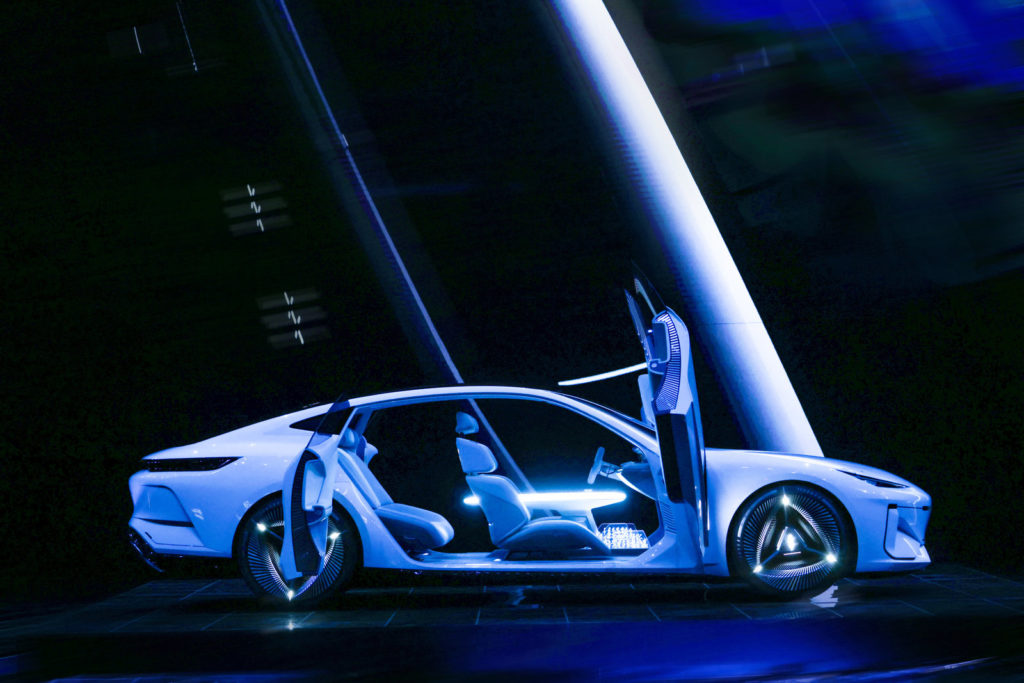
1. Balanced Subsidies:
Instead of mirroring China’s approach with blanket subsidies, governments can consider targeted subsidies for domestic EV producers. These subsidies should be directed toward specific goals, such as:
- Innovation: Encouraging research and development to enhance technology and design.
- Sustainability: Promoting the development of eco-friendly EVs with reduced emissions.
- Job Creation: Focusing on creating employment opportunities within the domestic EV industry.
These targeted subsidies would aim to improve the overall competitiveness and quality of domestically produced electric vehicles.
2. Trade Negotiations:
Engaging in trade negotiations with China and other countries involved in the EV market is essential. These negotiations should:
- Address Unfair Subsidies: Push for fair trade practices that reduce or eliminate excessive subsidies that distort competition.
- Promote Transparency: Encourage transparency in subsidy programs, making information on subsidies available to the public and international organizations.
- Fair Competition: Advocate for an open and competitive market that benefits consumers and encourages innovation.
Trade negotiations should focus on creating a level playing field for all participants in the global EV market.

3. Environmental Regulations:
Strong environmental regulations can help level the playing field based on environmental impact, rather than the origin of the vehicles. Governments can:
- Set Emission Standards: Implement strict emission standards that all EVs, regardless of origin, must meet to be sold in the domestic market.
- Incentives for Clean Energy: Provide incentives for EVs that meet stringent environmental criteria, such as offering tax breaks or other benefits.
- Promote Sustainable Practices: Encourage manufacturers to adhere to sustainable and eco-friendly production practices.
By focusing on environmental impact, governments can encourage the adoption of cleaner vehicles while ensuring fair competition.
4. Invest in Research and Development:
Investment in research and development (R&D) is critical for domestic EV manufacturers to enhance their competitiveness. Governments can:
- Provide R&D Grants: Offer grants and subsidies specifically for EV-related R&D initiatives.
- Support Innovation Centers: Establish innovation centers or clusters where domestic manufacturers can collaborate on cutting-edge technologies.
- Invest in Infrastructure: Develop charging infrastructure and support the growth of EV-related industries.
By fostering innovation, domestic manufacturers can create a competitive edge in the global market.
5. Consumer Education:
A crucial aspect of addressing the competitiveness of subsidized Chinese EVs is consumer education. Governments can:
- Promote Benefits: Educate consumers about the environmental benefits of EVs and their role in reducing emissions.
- Incentives: Offer incentives, such as tax breaks or rebates, to consumers who choose eco-friendly EVs.
- Safety and Quality Standards: Implement and enforce safety and quality standards to ensure that all EVs, domestic or imported, meet specific criteria.
By emphasizing the advantages of EVs beyond price considerations, governments can encourage consumers to make more environmentally conscious choices.
In conclusion, the best long-term strategy for addressing the competitive advantage of subsidized Chinese EV manufacturers involves a multifaceted approach that combines domestic support for the EV industry, fair trade negotiations, strong environmental regulations, investment in R&D, and consumer education. This approach aims to foster innovation, encourage sustainability, and ensure fair competition in the global EV market, ultimately benefiting consumers and the environment. It’s essential to strike a balance between competitiveness and responsible, eco-friendly practices while considering the broader economic and geopolitical context.

